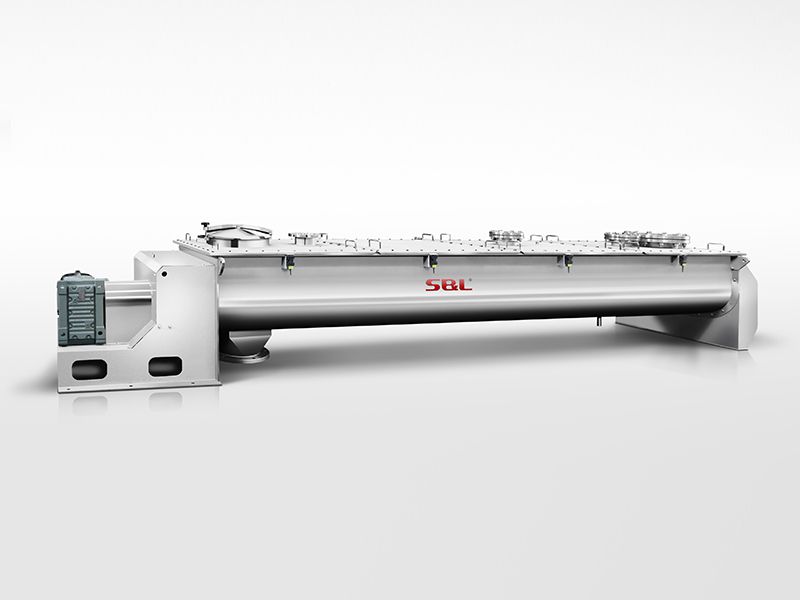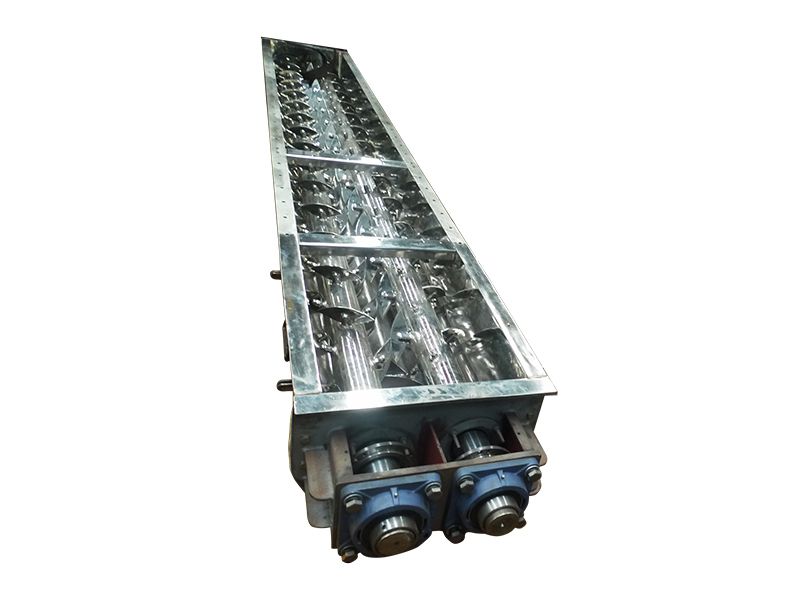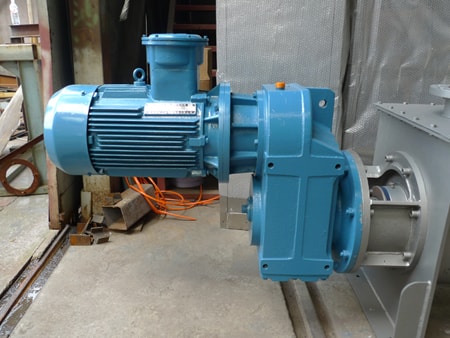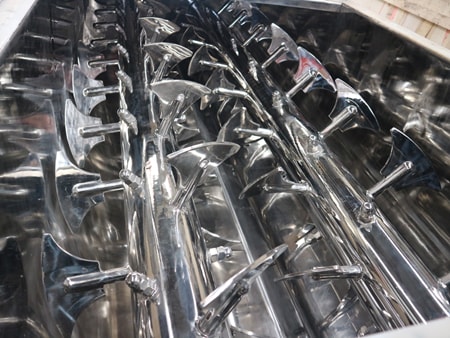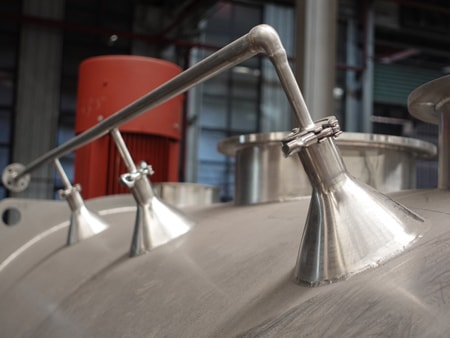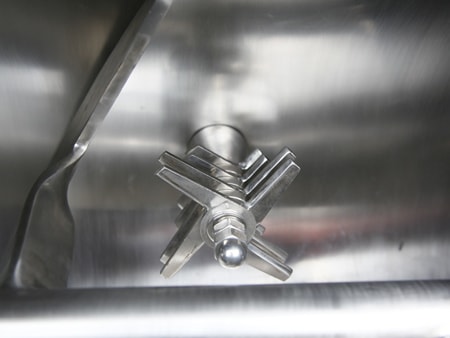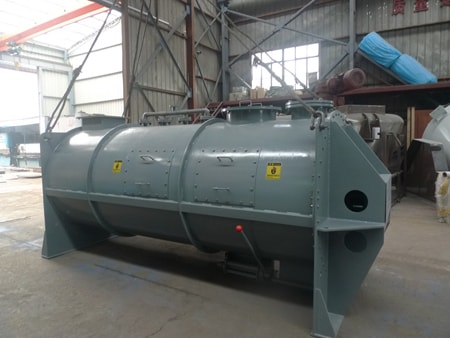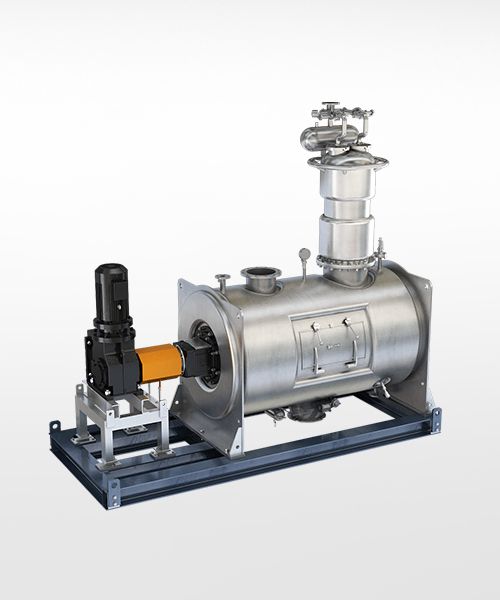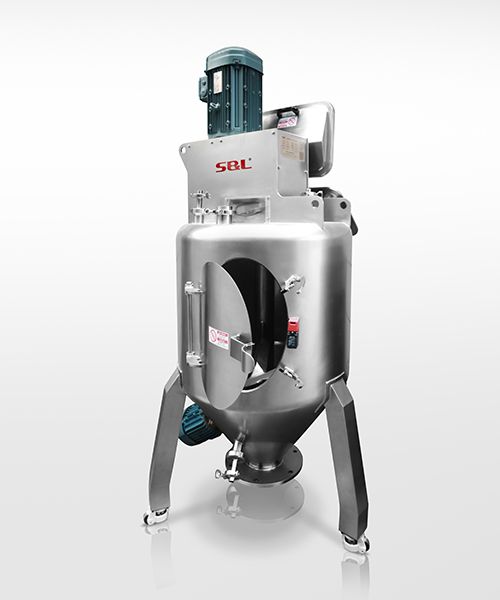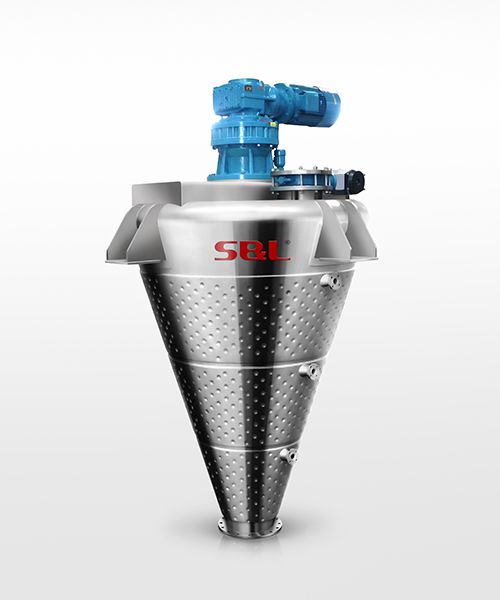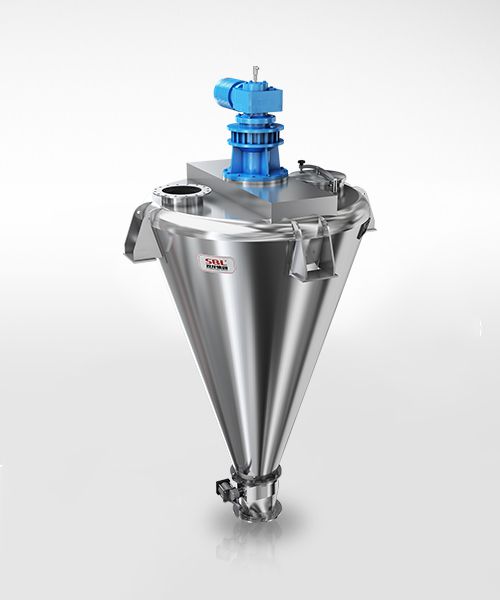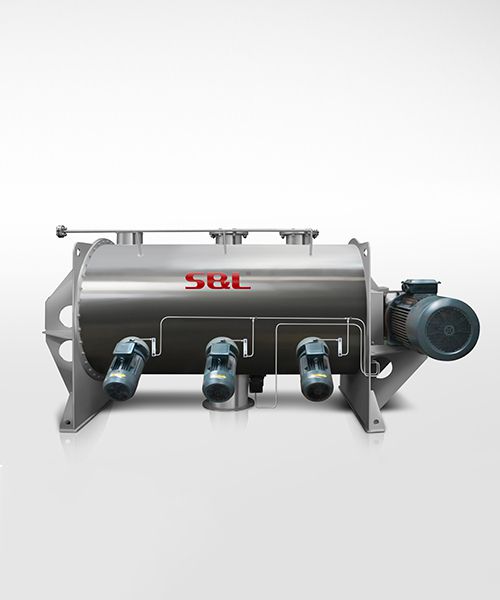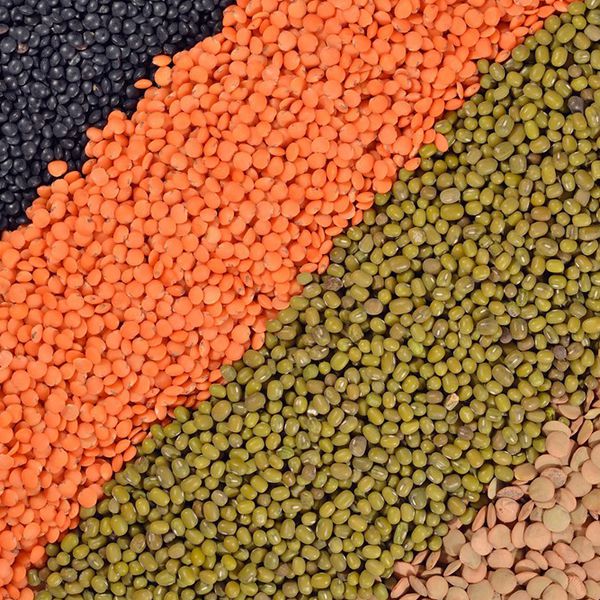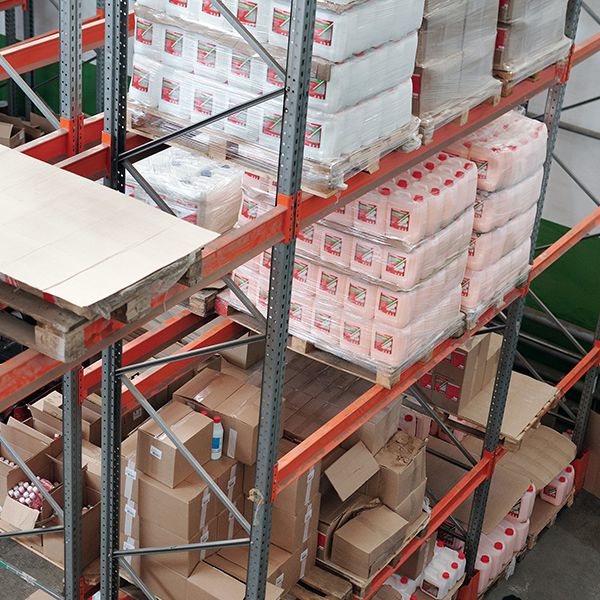A continuous mixer refers to a mixing method where different materials are continuously fed into the equipment according to a predetermined ratio. The residence time of the materials inside the vessel is controlled by adjusting the speed of the conveying equipment, the mixing machine's rotation speed, and the discharge speed. Under the action of the mixing components, the desired mixing effect is achieved while allowing a continuous mixed material stream.
S&L continuous mixer is an industrial mixing machine for high duty blending application, characterized by continuous material feeding and discharge, as well as high production capacity. When choosing this equipment, users need to provide detailed material characteristics and production requirements to ensure the proper selection by our company.
Mining enterprise, municipal department, metal processing industry: blending mineral powders, sludge mixture, etc.
S&L horizontal ribbon mixer is suitable for mixing and blending powders and powders, particles and powders, as well as powders and small amounts of liquid additives.
Pressure/vacuum inside mixer, Jacket for cooling or heating
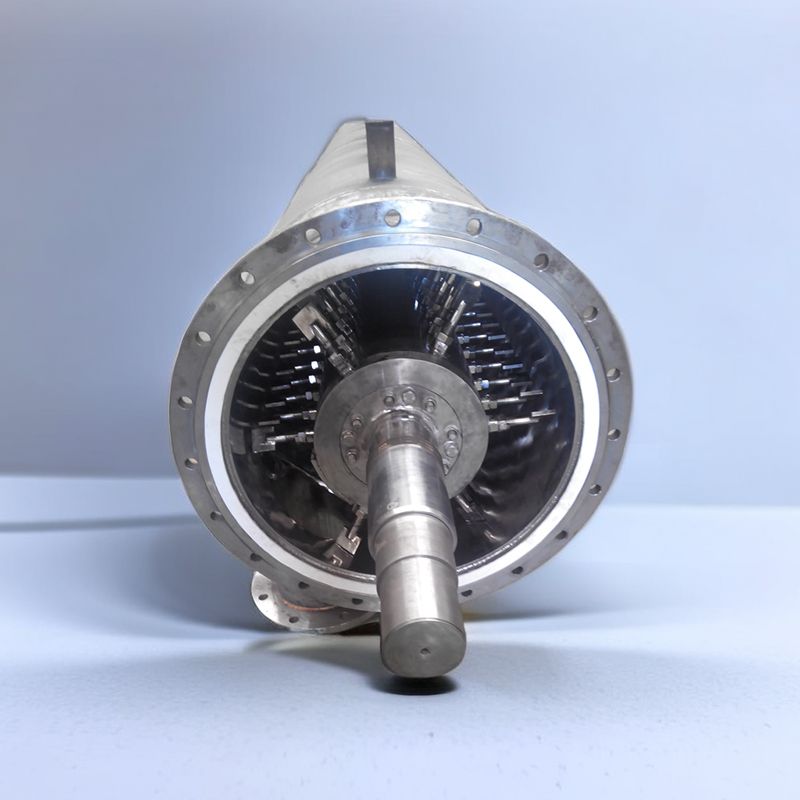
Mixer with Retractable Rotor
The retractable rotor mixer has been developed to meet the needs of specific applications and industries. In cases where manual or CIP cleaning cannot thoroughly remove any materials that may have become stuck to mixing elements or in hard-to-reach areas, the shaft can be completely retracted for further cleaning. This design enables customers to entirely solve the problem of cleaning viscous materials and performing maintenance tasks in the future. The unique design reduces downtime for cleaning and minimizes the potential for cross contamination. An easy to access mixing chamber ensures a hygienic mixing environment.
Working Principle
The retractable rotor mixer is equipped with a quick clamp structure between the end plate and end flange of the vessel body. The shaft can be conveniently and quickly opened away from the vessel. The input shaft connects to the reducer and is held in place by the reducer bearing, while the other side of the shaft is positioned by two bearings. The rail guide ensures that the shaft can be fully opened and driven by a motor or manually operated. However, a PLC control system is required to operate the machine, and a position sensor is needed to ensure that the shaft stops at the same position if it needs to be pulled open.

